I had the exact same problem. I tried "everything" to make it both user friendly and to not accept invalid values. Finally I gave up on apparently easy solutions, like ng-pattern, and with help of a friend @Teemu Turkia, we came up with integers-only directive.
It uses type="text", supports both min and max, do not accept chars beyond numbers and - (as a first character in case minimum is negative) to be typed.
Also, ng-model is never assigned with invalid value such as empty string or NaN, only values between given range or null.
I know, at first it looks rather intimidating ;)
HTML
// note: uses underscore.js
<body>
<form name="form">
<header>DD / MM / YYYY</header>
<section>
<input type="text"
name="day"
ng-model="day"
min="1"
max="31"
integers-only>
<input type="text"
name="month"
ng-model="month"
min="1"
max="12"
integers-only>
<input type="text"
name="year"
ng-model="year"
min="1900"
max="2016"
integers-only>
</section>
<section>
<span ng-show="form.day.$invalid">Invalid day</span>
<span ng-show="form.month.$invalid">Invalid month</span>
<span ng-show="form.year.$invalid">Invalid year</span>
</section>
</form>
</body>
JavaScript
/**
* numeric input
* <input type="text" name="name" ng-model="model" min="0" max="100" integers-only>
*/
angular.module('app', [])
.directive('integersOnly', function() {
return {
restrict: 'A',
require: 'ngModel',
scope: {
min: '=',
max: '='
},
link: function(scope, element, attrs, modelCtrl) {
function isInvalid(value) {
return (value === null || typeof value === 'undefined' || !value.length);
}
function replace(value) {
if (isInvalid(value)) {
return null;
}
var newValue = [];
var chrs = value.split('');
var allowedChars = ['0','1','2','3','4','5','6','7','8','9','-'];
for (var index = 0; index < chrs.length; index++) {
if (_.contains(allowedChars, chrs[index])) {
if (index > 0 && chrs[index] === '-') {
break;
}
newValue.push(chrs[index]);
}
}
return newValue.join('') || null;
}
modelCtrl.$parsers.push(function(value) {
var originalValue = value;
value = replace(value);
if (value !== originalValue) {
modelCtrl.$setViewValue(value);
modelCtrl.$render();
}
return value && isFinite(value) ? parseInt(value) : value;
});
modelCtrl.$formatters.push(function(value) {
if (value === null || typeof value === 'undefined') {
return null;
}
return parseInt(value);
});
modelCtrl.$validators.min = function(modelValue) {
if (scope.min !== null && modelValue !== null && modelValue < scope.min) { return false; }
return true;
};
modelCtrl.$validators.max = function(modelValue) {
if (scope.max !== null && modelValue !== null && modelValue > scope.max) { return false; }
return true;
};
modelCtrl.$validators.hasOnlyChar = function(modelValue) {
if (!isInvalid(modelValue) && modelValue === '-') { return false; }
return true;
};
}
};
});
Result

Related plunker here http://plnkr.co/edit/mIiKuw


